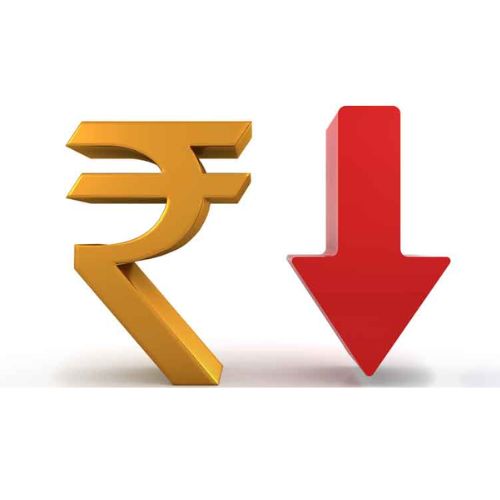While maintaining its 12-month Brent price forecast of $93 per barrel, Goldman Sachs revised up its global oil demand forecast for the year on Sunday as higher realised inventories offset the demand boost from a less pessimistic growth view.
Goldman experts predict that in July, the world’s oil demand reached a record high of 102.8 million barrels per day (bpd). They also predict that this demand will continue to be strong, resulting in a larger-than-anticipated 1.8 million bpd deficit in the second half of this year and a 0.6 million bpd deficit in 2024.
Goldman’s belief in higher oil prices and a forecast for less volatility is supported, the analysts wrote, by a decreased likelihood of recession and a robust effort by the Organization of the Petroleum Exporting Countries (OPEC) to drive up prices.
On Monday, oil prices were hovering around three-month highs, poised to record their largest monthly gains in almost a year on anticipation that Saudi Arabia would prolong voluntary output cuts into September and constrict global supply.
Deficits have returned as a result of Saudi supply cuts, according to Goldman analysts, who also predicted that the further 1 million bpd Saudi cut will persist through September before being cut in half starting in October.
The Wall Street bank increased its forecast for oil consumption by around 550,000 bpd and increased its forecast for supply by about 175,000 bpd by 2023.
The bank kept its $86 per barrel Brent projection for December 2023, and on the basis of persistent supply shortages, it anticipates prices to increase to $93 per barrel in the second quarter of 2019.
However, it added, “OPEC’s substantial increase in spare capacity over the past year, the resumption of growth in offshore international projects, and declining U.S. oil production costs limit the upside to prices.”
By 0353 GMT, West Texas Intermediate (WTI) U.S. crude was trading at about $80 per barrel, while Brent futures were trading about $84.














